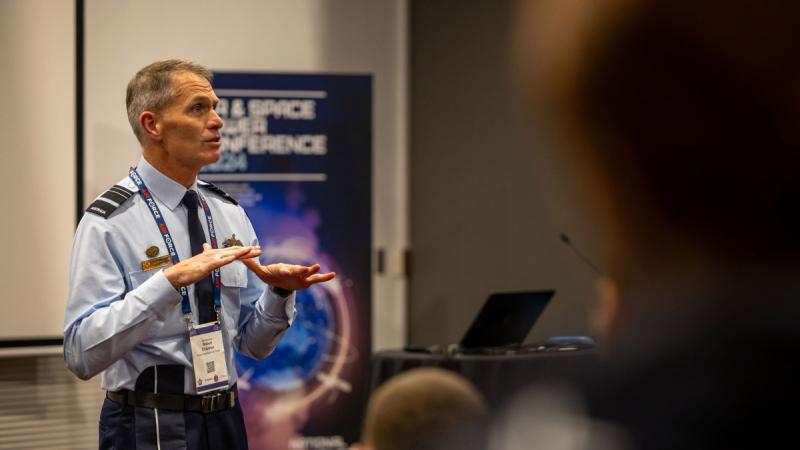The games we played as kids can stick in our minds and hearts. Games historian Professor Melanie Swalwell wants them preserved in more than just our memories.
History doesn’t have to be confined to thick textbooks. Swinburne University of Technology Professor of Digital Media Heritage, Melanie Swalwell, heads up a research project into the history and preservation of digital games developed in Australia from the 1980s and 90s.
Using disk imaging techniques and emulation, our favourite games from the last century are being made playable again. Emulation has always been a tool for hobbyists and retro-gamers preserving their beloved games, and for the gaming industry to help fill its new consoles with known and popular titles. But as games have evolved from cartridges and CD-ROMS to GPU technology, game preservation has become more challenging.
Professor Swalwell’s Digital Heritage Lab at Swinburne has been undertaking research into different techniques for saving games and digital art for future generations. Coming to the end of the second year of a three-year, Australian Research Centre (ARC) funded project, the team are ready for players to take their turn.
1980s and 90s games are coming to Play It Again at ACMI
Join us for a trip down memory lane with Play It Again: Preserving Australia’s videogames from the 1990s – a series of events, experiences and exhibition artefacts looking at how we preserve our games culture.
From 16-19 February 2022, Play It Again featured an online conference, together with a curated selection of playable games and a series of public events at ACMI in Fed Square, Melbourne. These events are outcomes of an ARC-funded, collaborative project between Swinburne University of Technology, RMIT, ACMI and AARNET.
Until March, visitors to The Story of the Moving Image exhibition at ACMI will be able to explore curated key artefacts from the period and discover how the 1990s was an important era in Australian game development, with technological innovations such as Full-Motion-Video and motion capture helping to shape a new generation of games. Visitors can also try their hand at six Australian-made games from the 1990s – as well as a range of games from ACMI’s collection – exhibited via emulation.
Alongside the games, researchers from the Play It Again team have also launched the ‘Popular Memory Archive’ – a website brimming with information about locally made games, designed to collect memories from the public about the games and gaming practices they enjoyed in the 80s and 90s.
For more info on Play It Again, including the games collection, visit the ACMI website.








